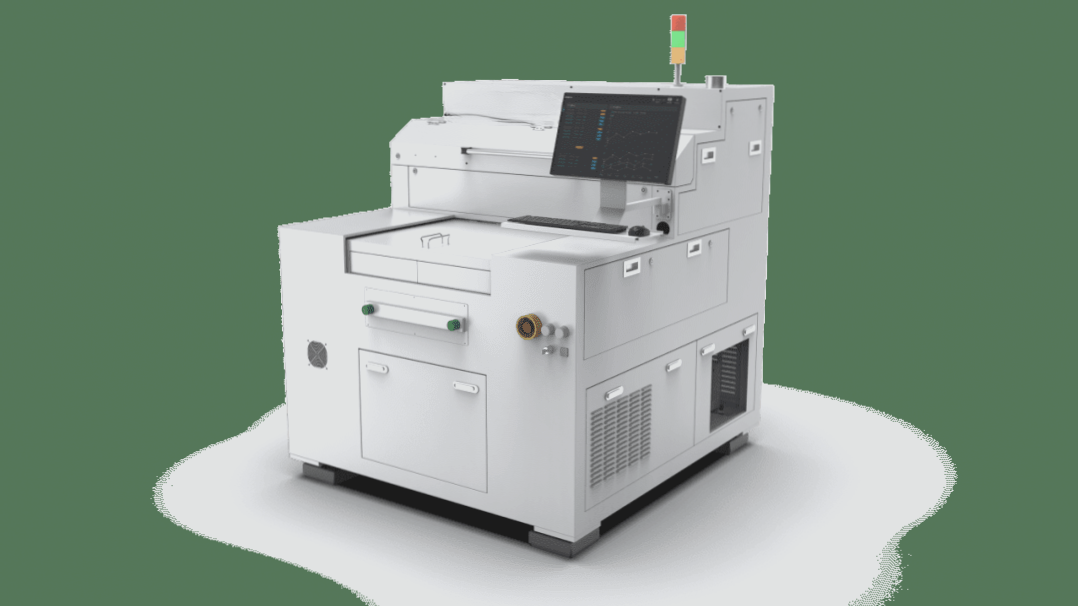Effective Heat Dissipation Methods for PCB Circuit Boards
In electronic devices, heat generation during operation can lead to overheating and reduced performance reliability if not managed properly. Implementing efficient heat dissipation methods is crucial to maintain the optimal functioning of PCB circuit boards.
Method 1: Enhancing Heat Dissipation Through the PCB Board
Commonly used PCB boards, such as copper-clad/epoxy glass cloth substrates and phenolic resin glass cloth substrates, may have limited heat dissipation capabilities. To address this issue, it is essential to enhance the PCB’s ability to transmit or emit heat directly from the heating element.
Method 2: Managing High Heat-Generating Components
Components that generate significant heat require special attention. Adding heat sinks, heat pipes, or fan-assisted heat sinks can help dissipate heat effectively. Customized heat dissipation covers or flat heat sinks can be utilized for multiple heating devices to enhance heat dissipation.
Method 3: Optimizing Free Convection Air Cooling
Properly arranging integrated circuits or devices for free convection air cooling can improve heat dissipation efficiency.
Method 4: Strategic Wiring Design for Improved Heat Dissipation
While the PCB resin has limited thermal conductivity, copper foil lines and holes are excellent heat conductors. Increasing the percentage of copper foil and incorporating thermally conductive holes can enhance heat dissipation. Calculating the composite material’s equivalent thermal conductivity is essential to assess the PCB’s heat dissipation capacity.
By implementing these effective heat dissipation techniques, the performance and reliability of PCB circuit boards can be significantly enhanced.

